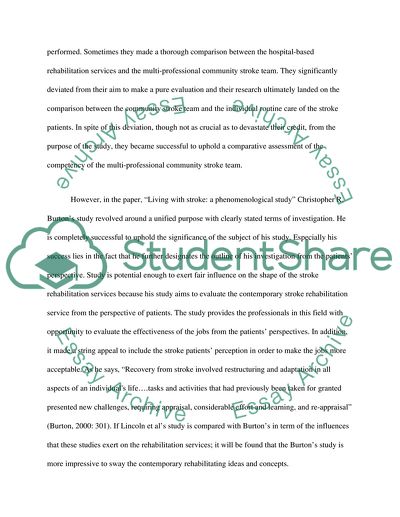Cite this document
(Critical Appraisal of Burton and Lincoln et als Studies Coursework, n.d.)
Critical Appraisal of Burton and Lincoln et als Studies Coursework. Retrieved from https://studentshare.org/professional/1723100-critical-apraisal
Critical Appraisal of Burton and Lincoln et als Studies Coursework. Retrieved from https://studentshare.org/professional/1723100-critical-apraisal
(Critical Appraisal of Burton and Lincoln Et Als Studies Coursework)
Critical Appraisal of Burton and Lincoln Et Als Studies Coursework. https://studentshare.org/professional/1723100-critical-apraisal.
Critical Appraisal of Burton and Lincoln Et Als Studies Coursework. https://studentshare.org/professional/1723100-critical-apraisal.
“Critical Appraisal of Burton and Lincoln Et Als Studies Coursework”, n.d. https://studentshare.org/professional/1723100-critical-apraisal.


